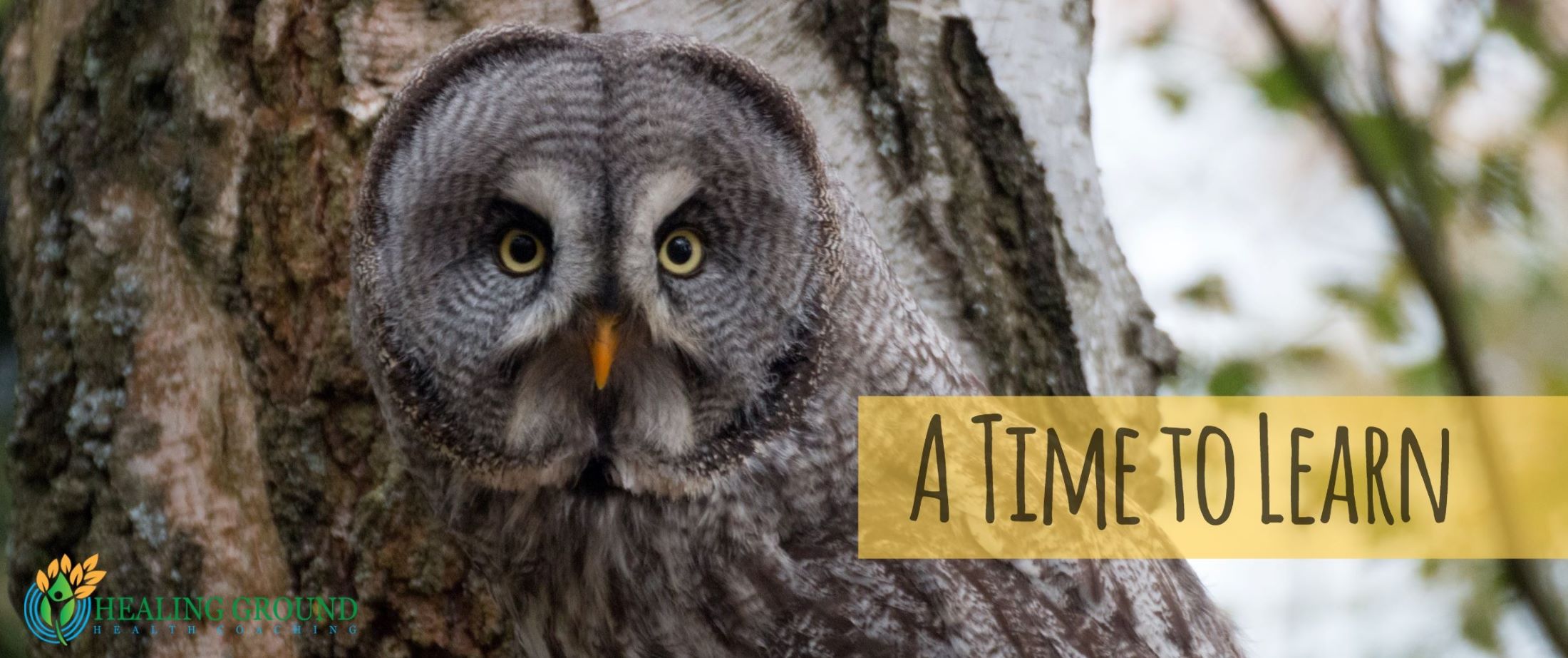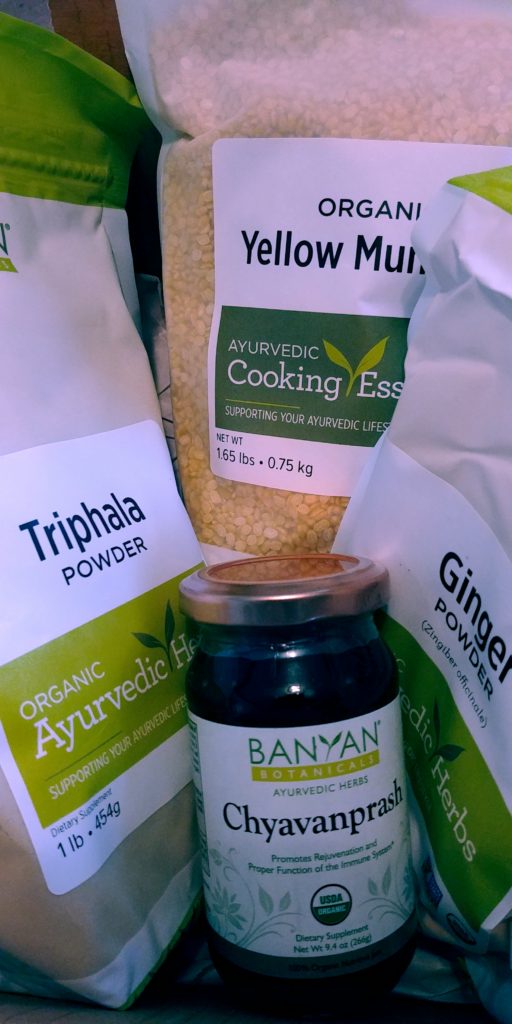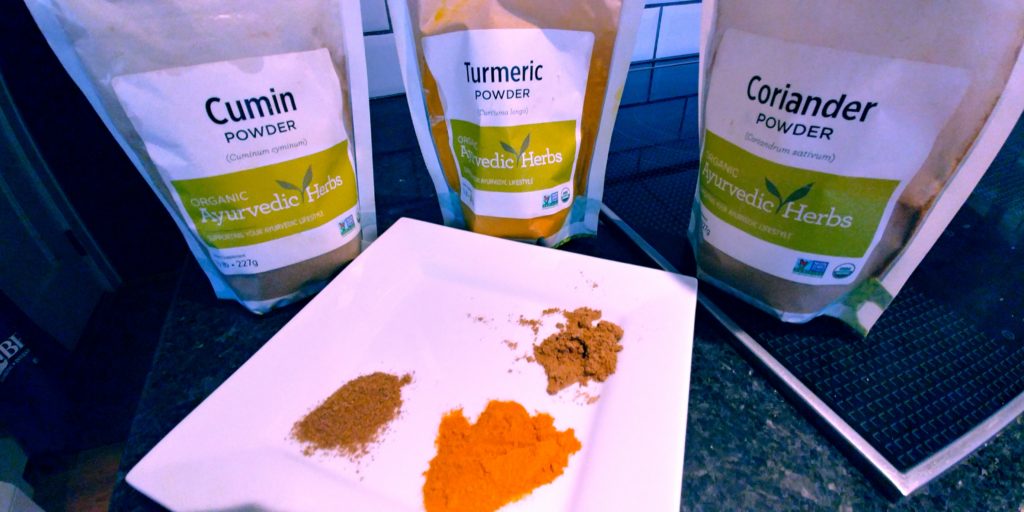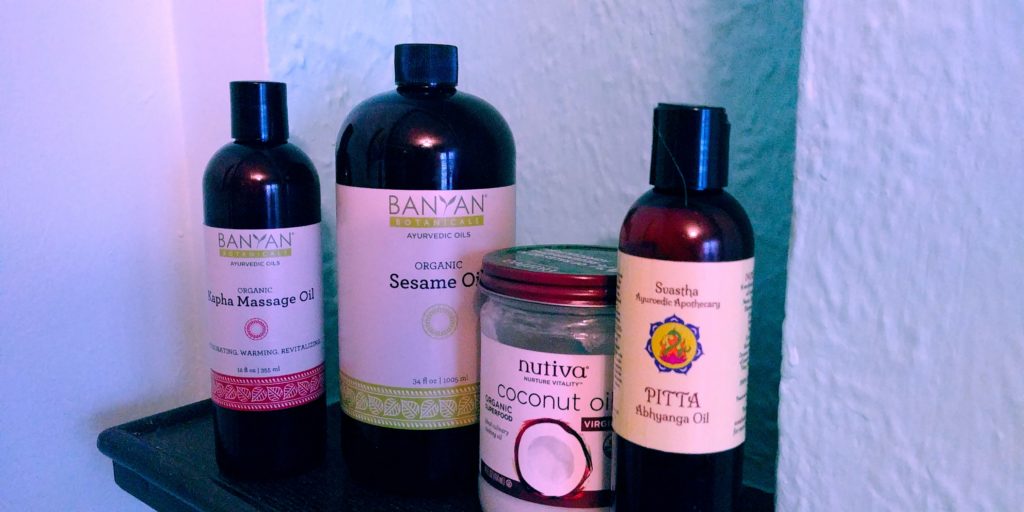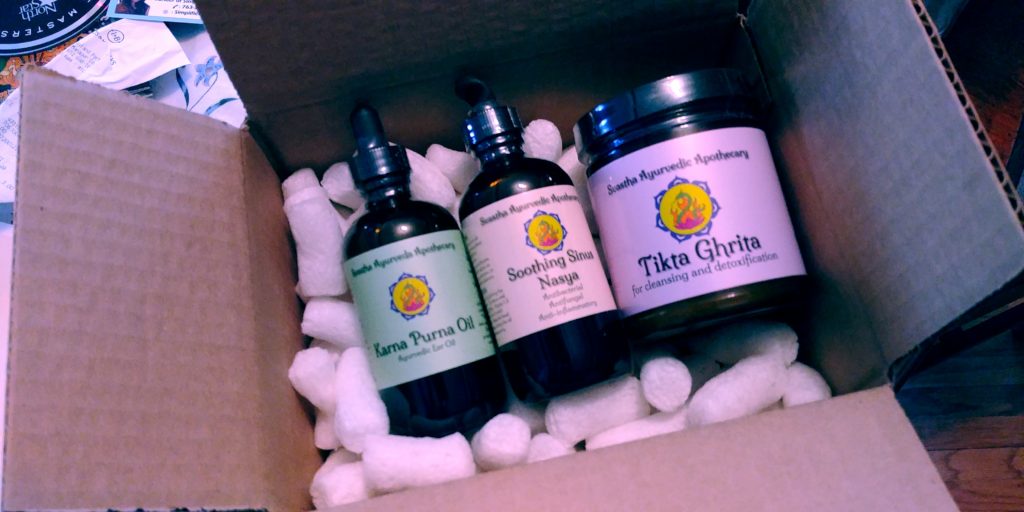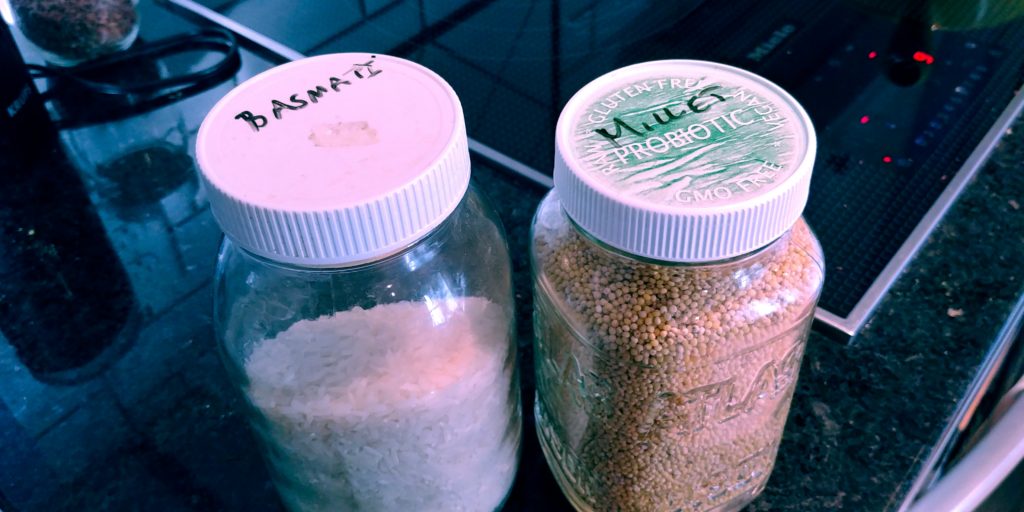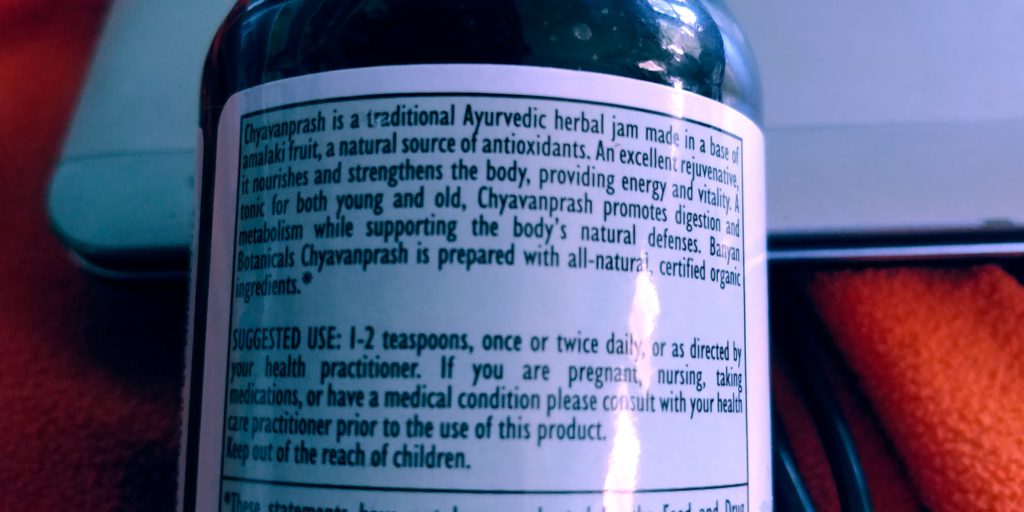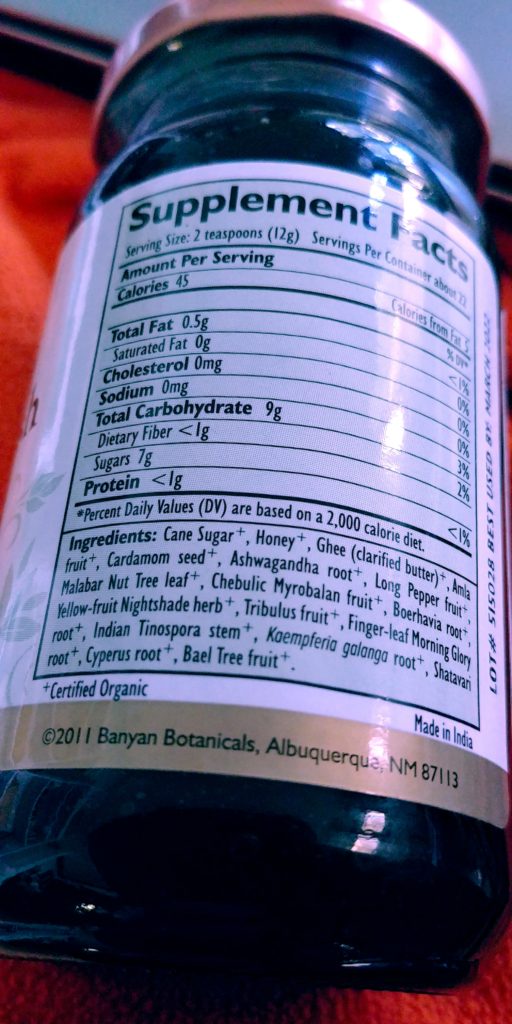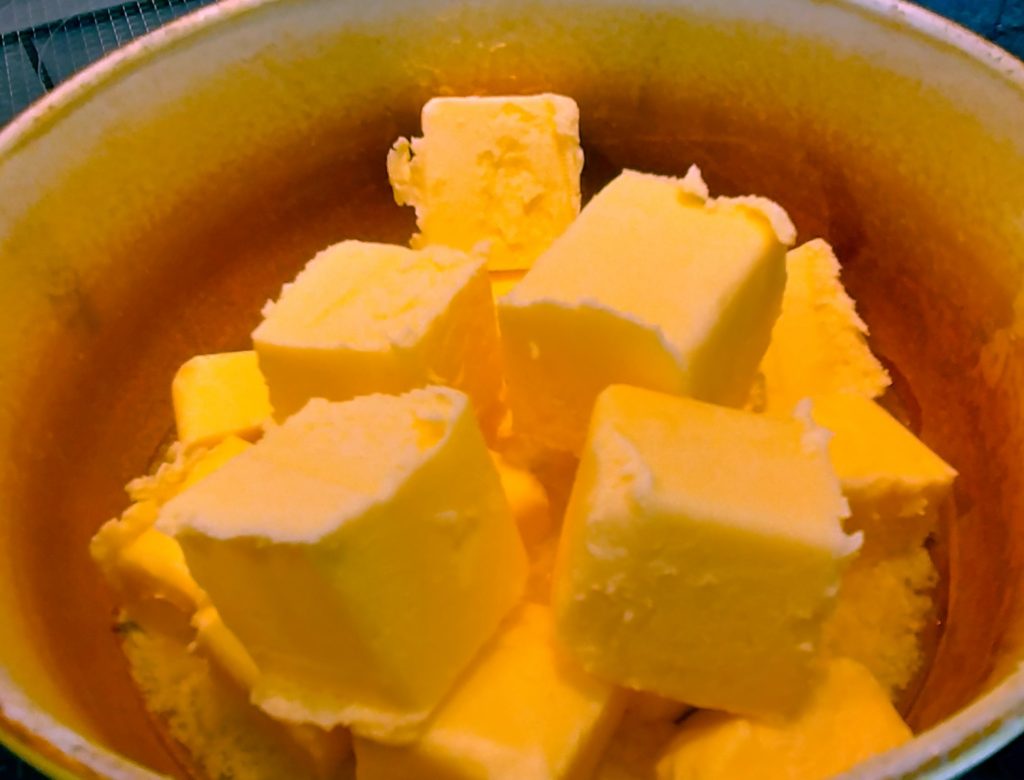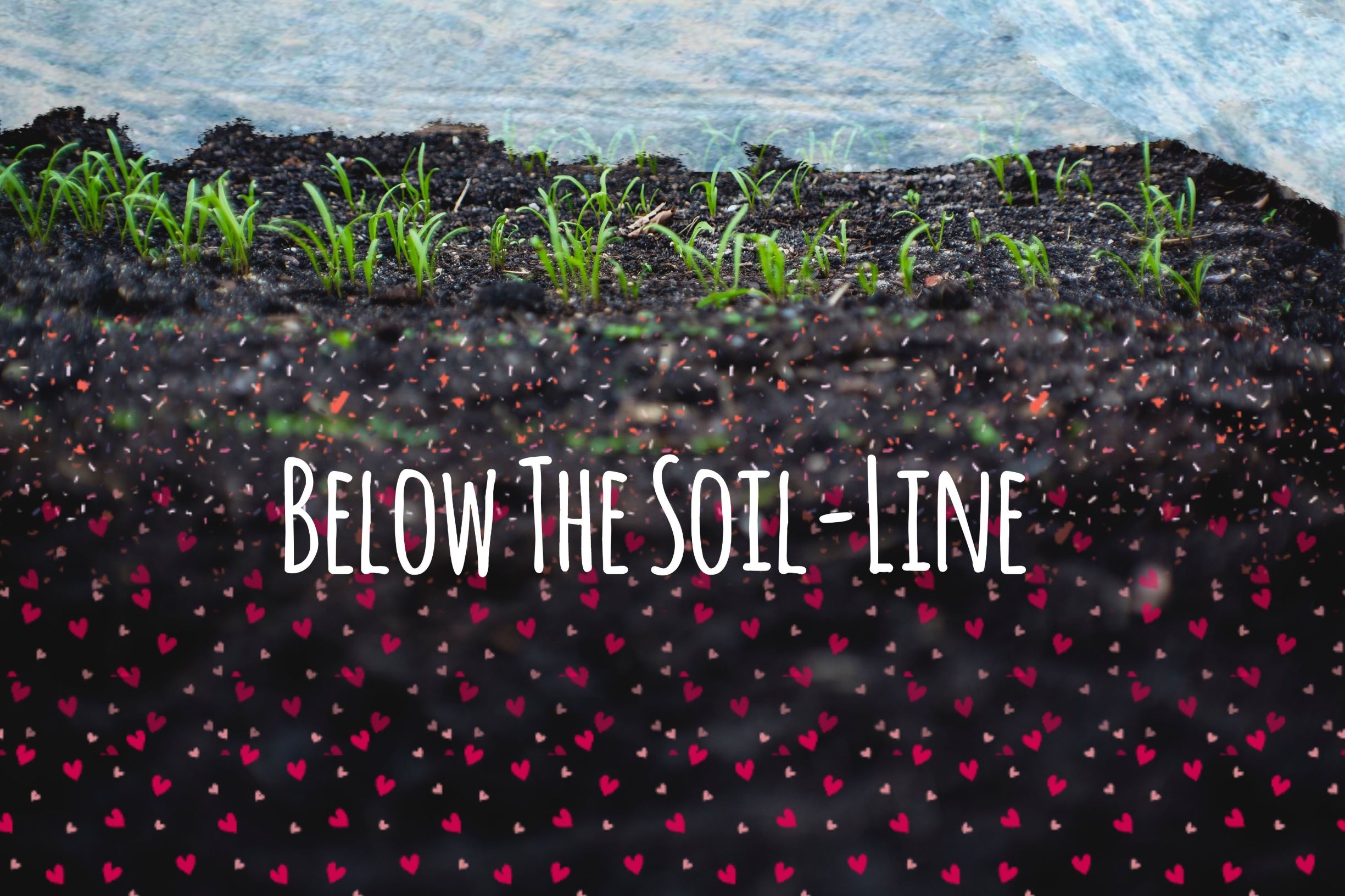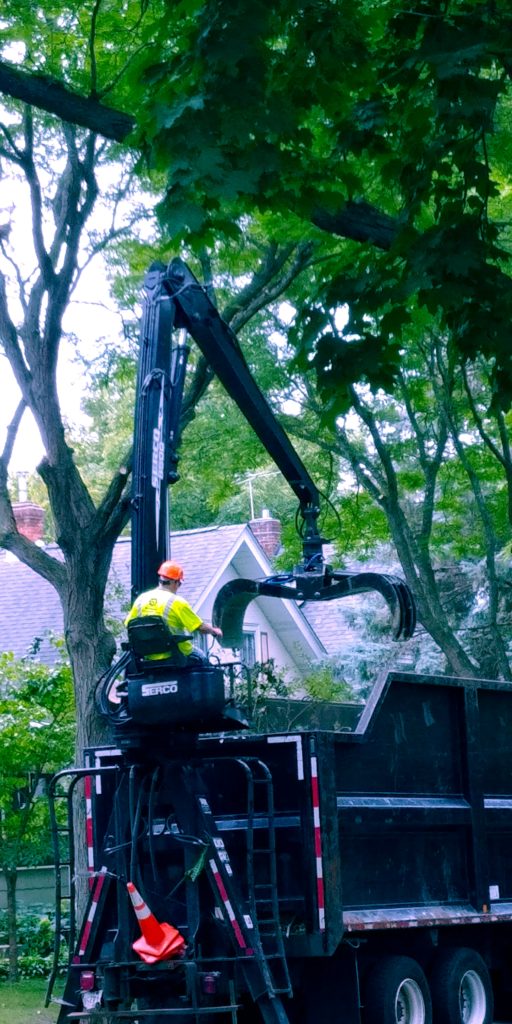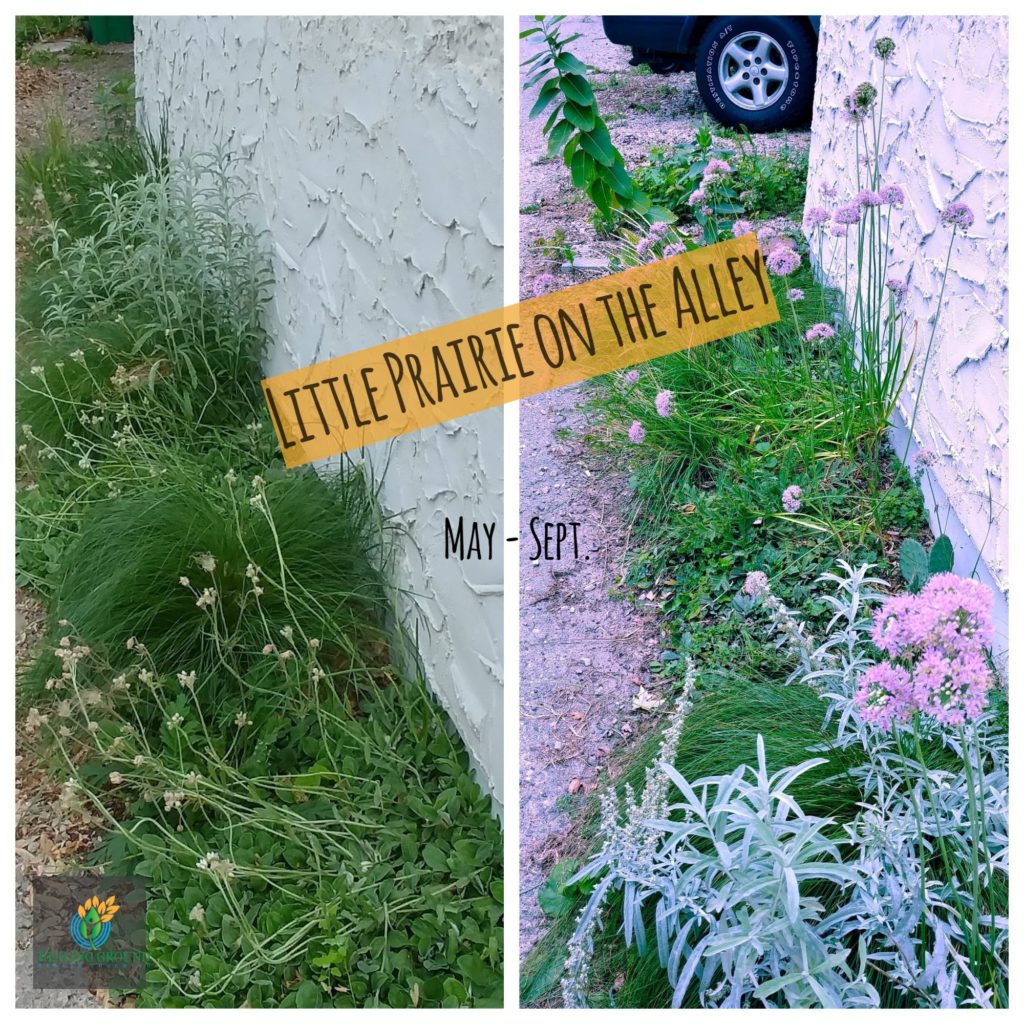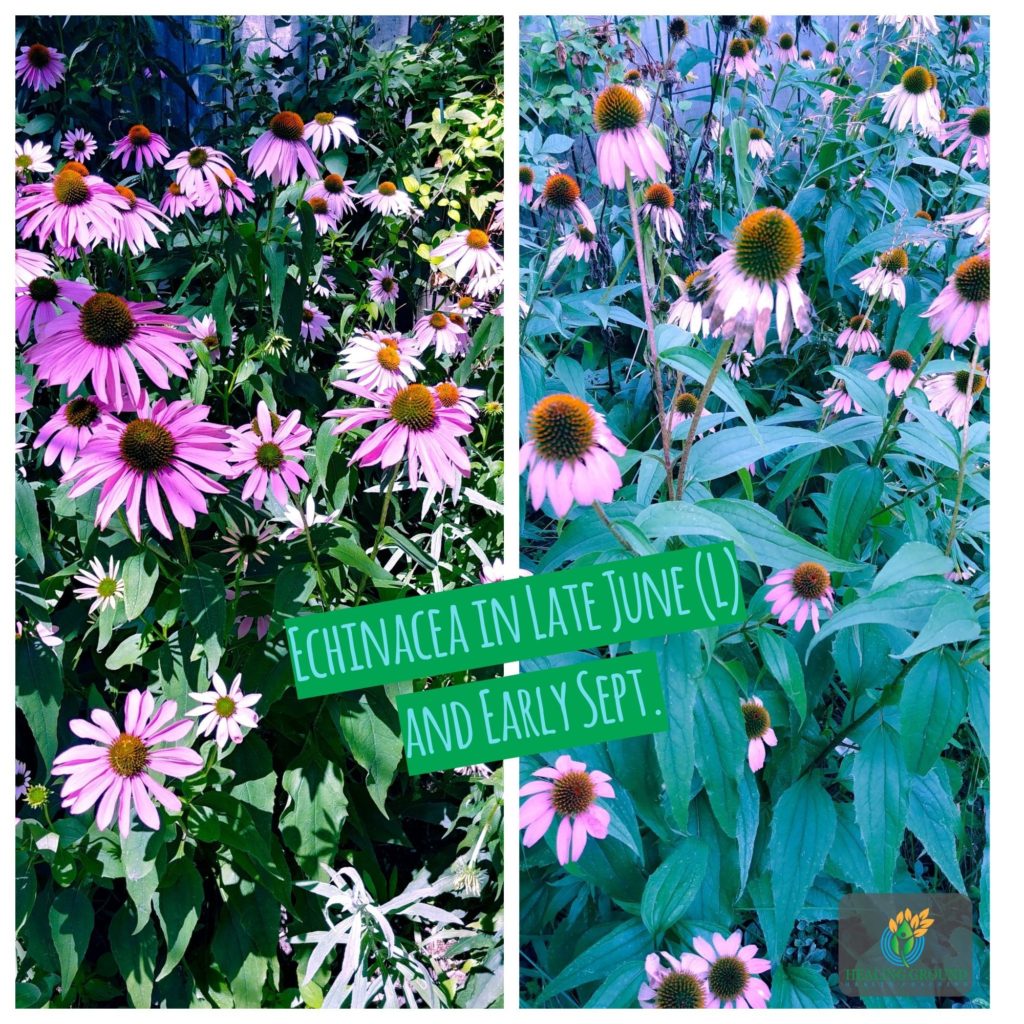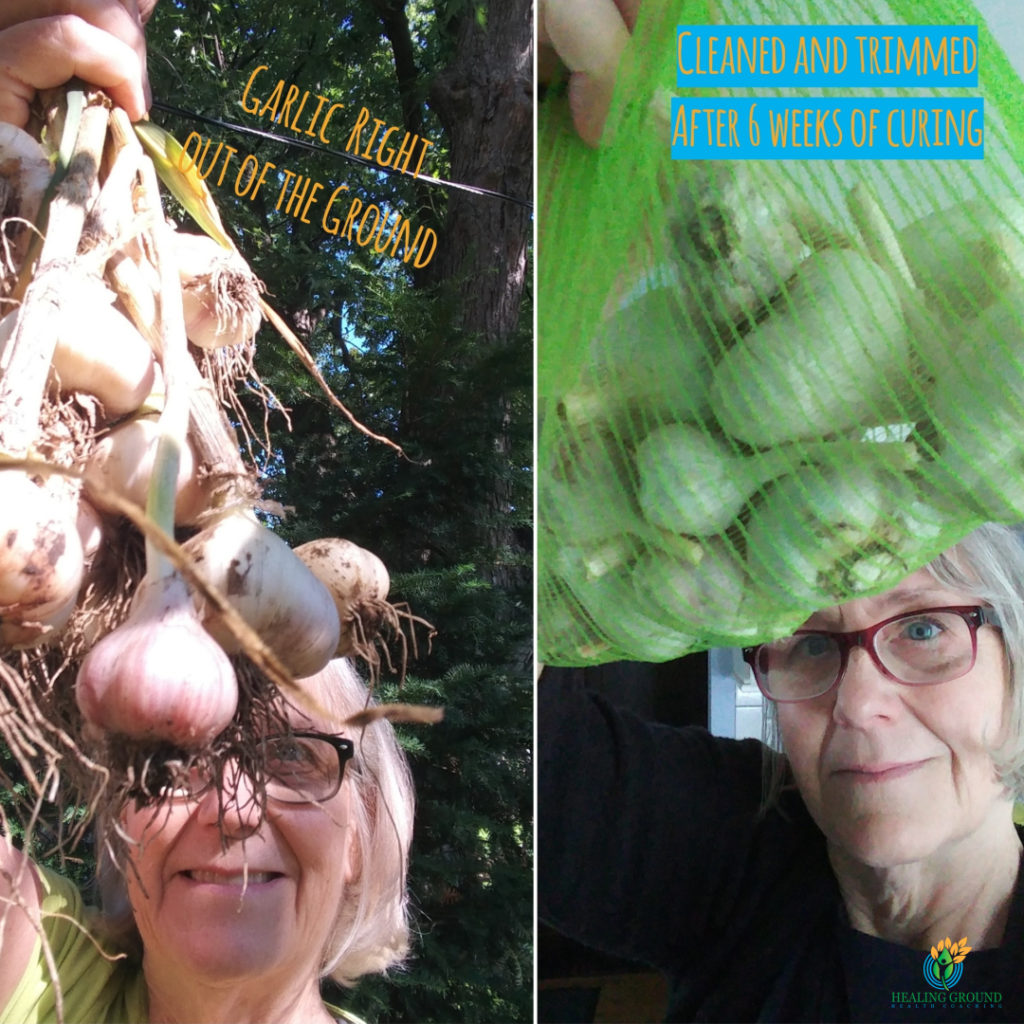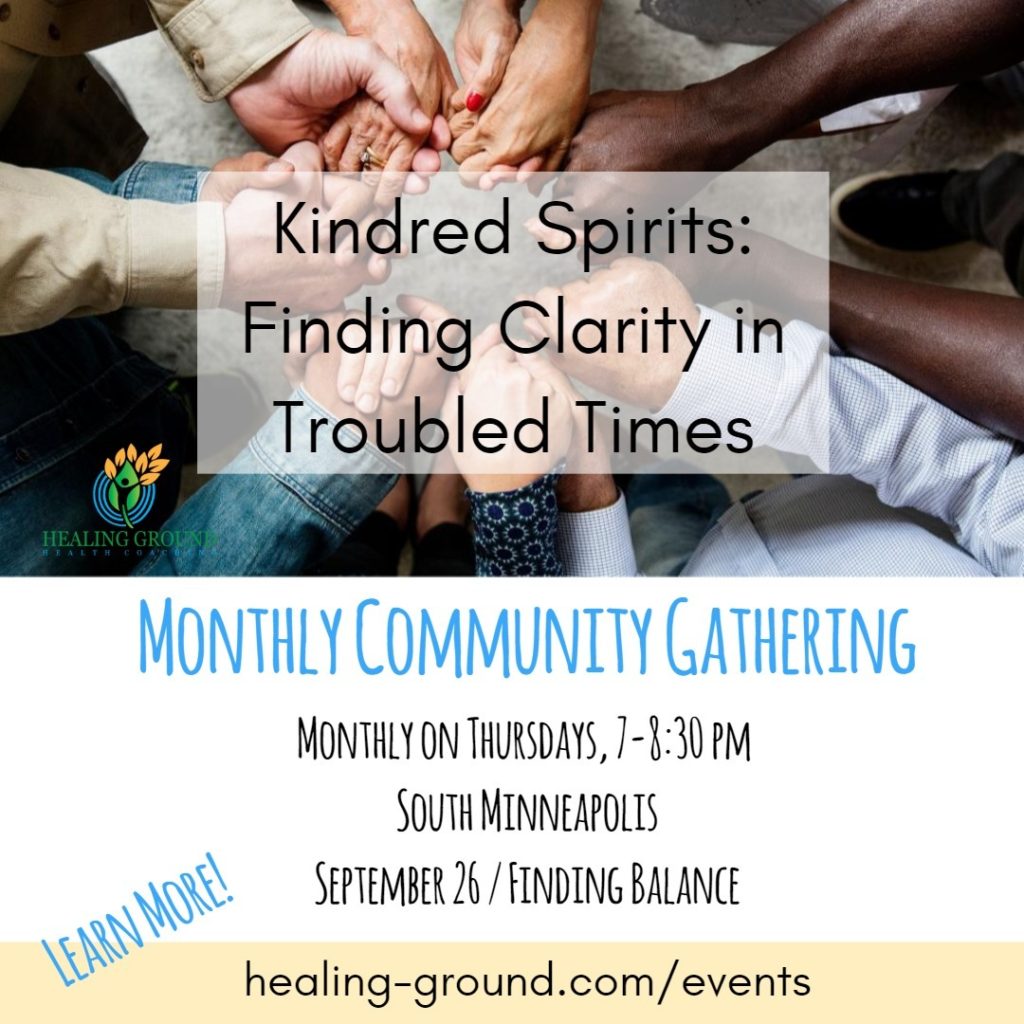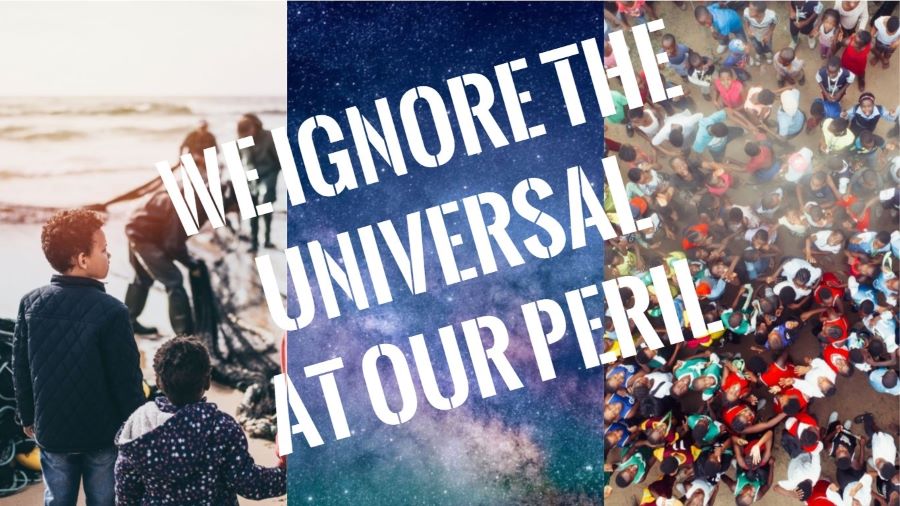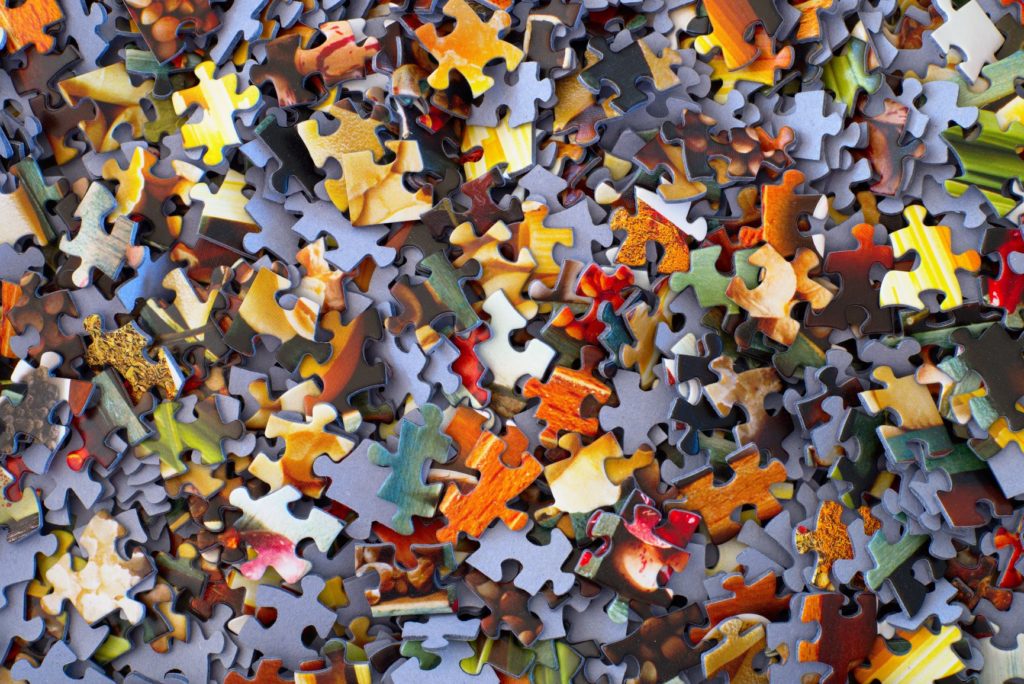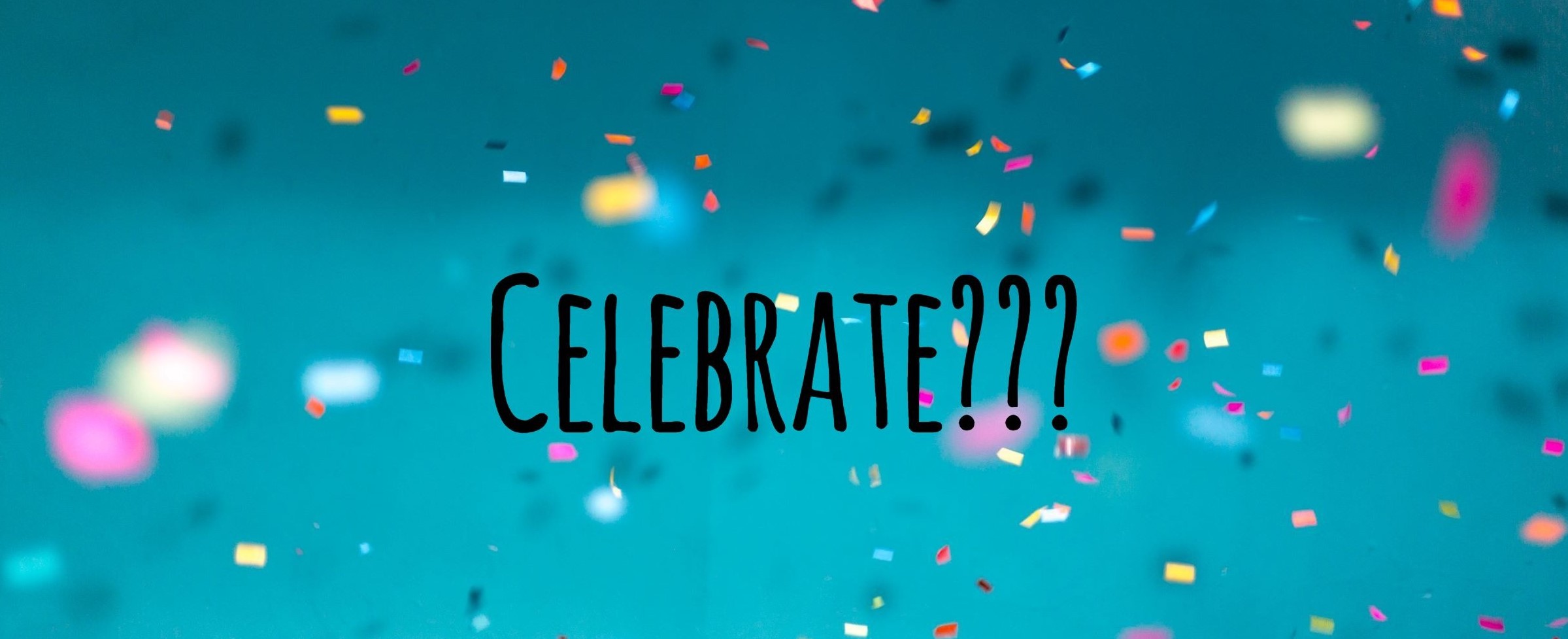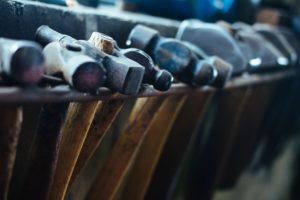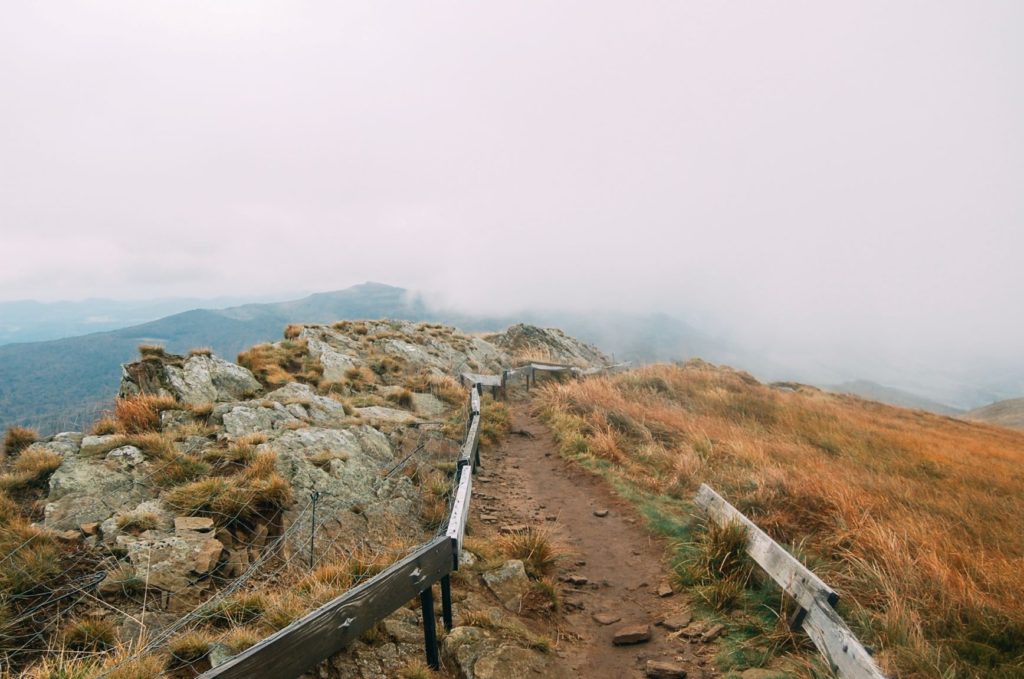Today, I wept through about half of my morning meditation. Despite the fact that all-in-all I am holding up just fine during our period of separation, today I felt the suffering, deep in my heart. And it hurt.
I suspect this was triggered by my thinking about the abomination happening in the United States electoral system—this time in my home state, and current neighbor, Wisconsin. Watching people line up for blocks at my high school (Riverside in the link) in order to vote at one of five polling places in a city of 600,000 broke my heart.
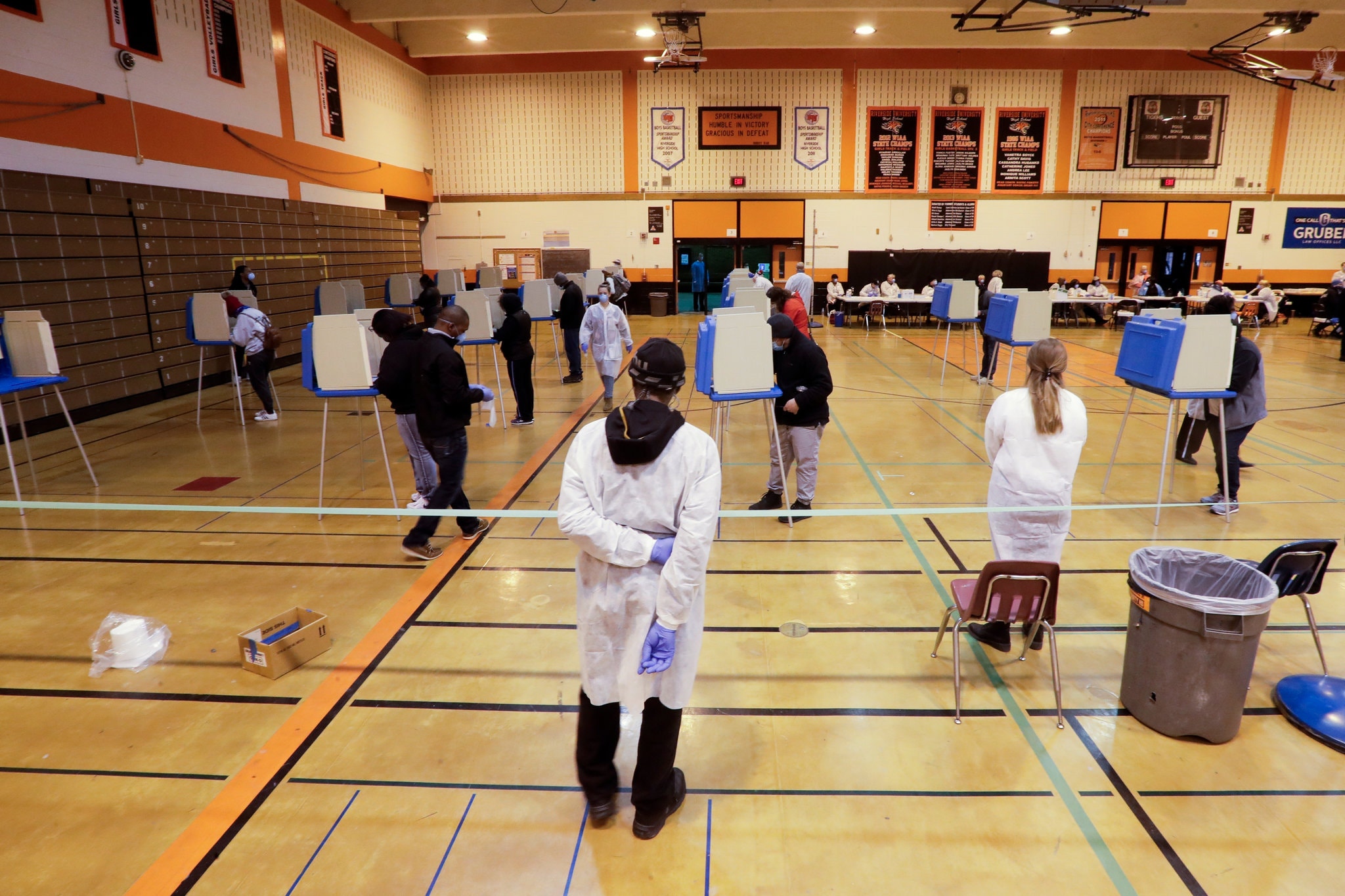
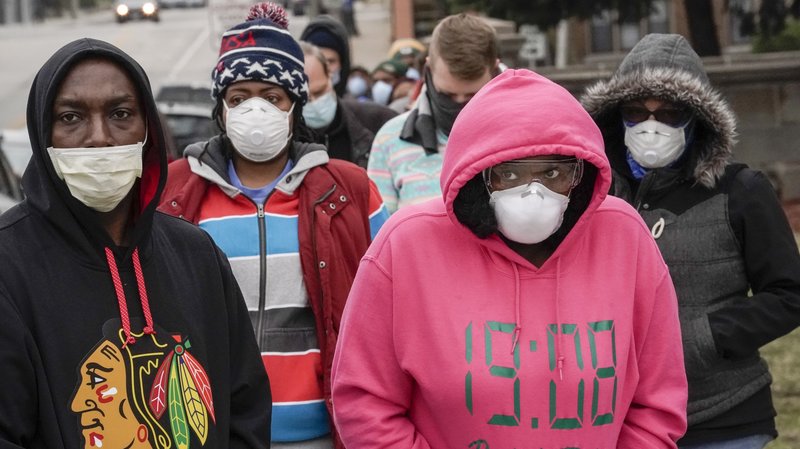
Sadness
Then I thought about the suffering of the grocery workers, the health care workers, the delivery workers, the truck drivers, the sanitation workers. Then I remembered the best Certified Nursing Assistant in the world (at least my limited world after joint replacement surgery), Jane, and I wondered how she was holding up. After that I flashed on how the pandemic is, as always, dis-proportionally killing people of color—particularly African Americans. After that came, “what about Iran and Syria”, and “what about the millions wandering the planet looking for a home?” Somewhere in there the tears started falling.
Anger
Along with sadness, I felt anger that the most vulnerable carry the burden for the most protected, privileged, and hateful in our world. As I was reciting the compassion mantra I wondered, “What’s the point of all this meditating? What difference will it make?”
Being
I, to my surprise ended up meditating for a full hour, which was considerably longer than my usual 15 morning minutes. Somehow I got lost in the meditation, my feelings, and the moment. I guess my experience explains one of the reasons I just keep on meditating—especially now. I can lose myself for those few moments and just “be”.
However, after I’ve just “been” where do I go and what do I do? Well, I’m a health coach, not God. I have no answers. But I do have thoughts and here are three of them.
How to act?
First, as I said last post, it is important for all of us to stay as physically and mentally healthy as possible. If we don’t stay healthy we will have difficulty taking any action and will harm our universal body.
Second, we (especially health and well-being professionals), need to learn to speak up. There are so many health and wellness videos and Zoom groups out there in social media land giving health tips for managing the physical body during a pandemic. It would be helpful if health and well-being professionals would speak to the all the facets of the body—especially the universal body. If we are all connected, as we claim we are, then it would behoove us to speak up when we see damage happening to that universal body. We can no longer just post pretty social media flower pictures. We must point out the damage done to us all when our fellows are forced to choose between their physical health and their political health or when we are fed junk science like it is the final truth. We must ask publicly, “What about the people of Iran, Syria, Mississippi, Alabama, and Wisconsin?” If we are all connected, then we all matter and if we have multiple levels of existence, we must pay attention to all of those levels or risk becoming irrelevant.
And third, we will all benefit if we offer compassion to all sentient beings including ourselves and our enemies. This doesn’t mean we have to like or approve of the behavior of these beings. But, we must recognize that we are all connected (even our enemies) and understand that we all suffer. I can’t exactly tell you the deep reasons for how this works (I’ll leave this for the Buddha, Jesus, the Prophet Muhammad, Lao Tzu, Bob Marley, Richard Feynman and others who seem better able explain these things). However, I can say that by regularly offering compassion I feel better and my mind is clearer than it was before I practiced compassion. I’m better able to manage my emotions and I am better able to function in the world. And, with all that clarity, I’m better able to speak up.
This meditation came to me from my friend Claire and was suggested by His Holiness the 14th Dalai Lama for managing ourselves during this pandemic. It has brought me a great deal of comfort over the last few weeks
Just three ideas
Remember everybody, this pandemic stuff is new to all of us and we’re all making it up as we go along. I suggest turning to the great teachers who have shown us that by taking a few intentional steps to better serve the common good we will, at worst, not be adding to the misery, and at best, be contributing to the alleviation of suffering in our suffering world. And we need that now.
That’s what I have today. Three simple ideas: take care, speak up, be compassionate. Think about them and report back.
Kindred Spirits Online: April 23
As we slog through this pandemic, I am still planning a Kindred Spirits online Zoom gathering for this month on April 23rd from 6:30 to 7:30 p.m. It’s free and all people of loving intention are invited. I haven’t settled on a topic yet but am thinking of something around our breathe. I’ll let you know when I figure it out. Our first online gathering was very enlightening and enjoyable. It was wonderful connecting with people and sharing experiences. It’s free but you must register to attend. You can register on the Healing Ground website.
